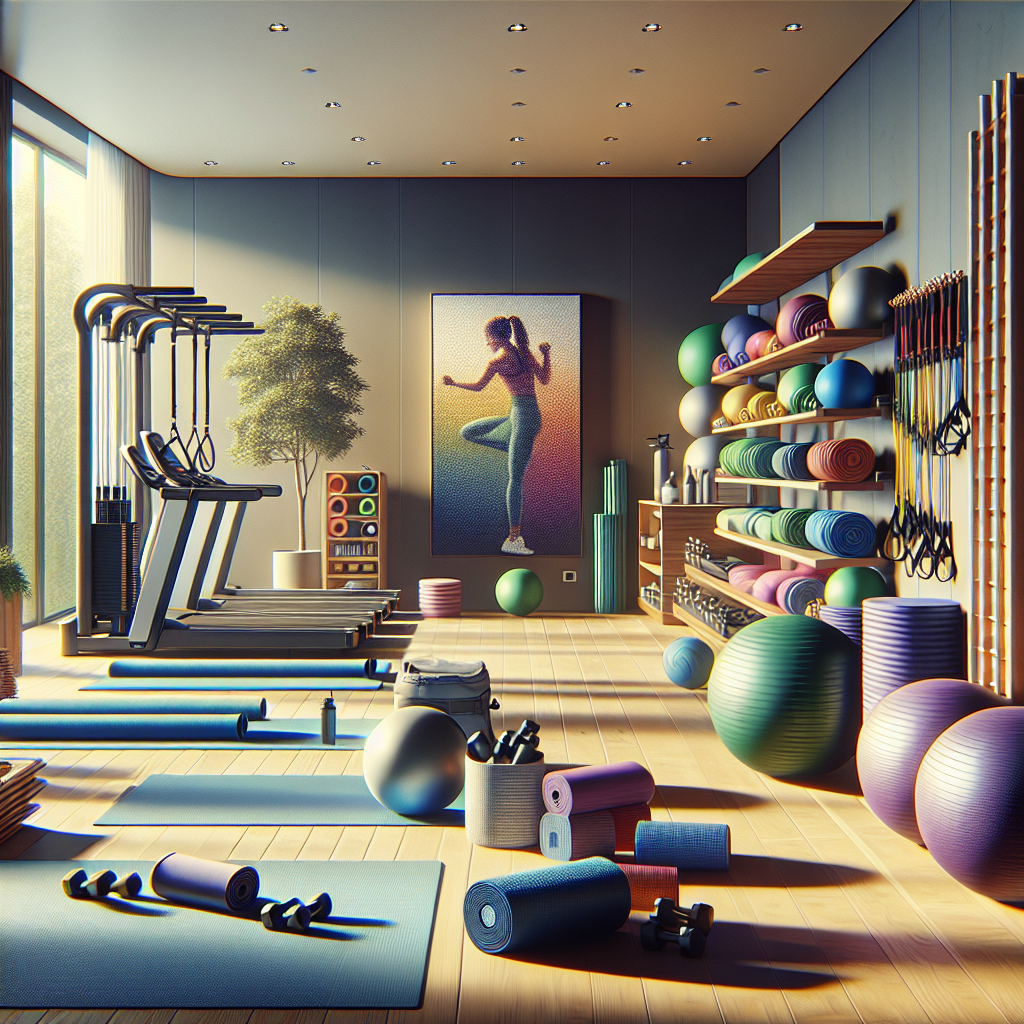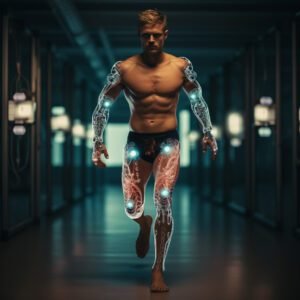
36 Anti-Aging Fitness Hacks to Help You Look and Feel Younger
Introduction
In today’s world, there is a growing interest in biohacking, a practice that aims to optimize one’s lifestyle, health, and overall well-being. With the desire to look and feel younger, many individuals are turning to anti-aging fitness hacks as a means to achieve their goals. In this blog post, we will explore 36 practical biohacking tips that can help you in your anti-aging journey.
Key Concepts of Anti-aging Fitness Hacks
To better understand the principles behind anti-aging fitness hacks, it is essential to grasp some key concepts in biohacking. Let’s explore a few of these concepts:
- Nutrition: Eating a well-balanced diet rich in antioxidants, vitamins, and minerals is crucial for healthy aging. Incorporate plenty of fruits, vegetables, lean proteins, and healthy fats into your meals.
- Sleep Optimization: Quality sleep is vital for the body’s rejuvenation process. Prioritize getting 7-8 hours of uninterrupted sleep each night and establish a consistent sleep routine.
- Exercise: Engaging in regular physical activity can have significant anti-aging benefits. Include a mix of cardiovascular exercises, strength training, and flexibility exercises in your fitness routine.
- Stress Management: Chronic stress can accelerate the aging process. Practice stress management techniques such as mindfulness meditation, deep breathing exercises, or engaging in hobbies that bring you joy.
- Technology in Biohacking: Leverage the power of technological advancements to enhance your anti-aging efforts. Utilize wearable fitness trackers, smart scales, or apps that can help monitor and optimize various aspects of your health.
Practical Biohacking Tips
Now that we understand the key concepts, let’s dive into some practical anti-aging fitness hacks that you can incorporate into your daily routine:
- Stay Hydrated: Drink at least 8 glasses of water each day to keep your body properly hydrated and promote youthful-looking skin.
- Subtip: Add a slice of lemon or cucumber to your water for added flavor and antioxidant benefits.
- Prioritize Strength Training: Incorporate strength training exercises into your fitness routine to build and maintain muscle mass, which can decline with age.
Include Omega-3 Fatty Acids: Consume foods rich in omega-3 fatty acids, such as fatty fish, flaxseeds, or chia seeds, to support brain health and reduce inflammation.
Practice Intermittent Fasting: Explore intermittent fasting, which involves alternating periods of fasting and eating, to promote autophagy, a process that removes damaged cells and supports cellular rejuvenation.
Nurture Your Gut Health: Consume probiotic-rich foods like yogurt, kefir, or sauerkraut to support a healthy gut microbiome, which can have a significant impact on overall health.
Get Sun Exposure Safely: Spend some time outdoors to soak up natural vitamin D, but be sure to protect your skin with sunscreen to avoid damaging UV rays.
Engage in HIIT: High-Intensity Interval Training (HIIT) can enhance cardiovascular fitness, boost metabolism, and stimulate the production of human growth hormone, which can promote anti-aging effects.
Limit Added Sugar Intake: Minimize your consumption of added sugars, as excessive sugar intake can accelerate aging and contribute to chronic health conditions.
Incorporate Resistance Bands: Include resistance bands in your workouts to add variety, challenge your muscles, and improve strength.
Practice Mindful Eating: Pay attention to your eating habits, chew your food slowly, and savor each bite. This practice can prevent overeating and promote better digestion.
…
Biohacking FAQs
Question 1: Can biohacking really slow down the aging process?
– Answer: While biohacking cannot stop the aging process, it can optimize several factors to support healthy aging. By adopting anti-aging fitness hacks, individuals can promote overall well-being, increase vitality, and potentially slow down some of the visible signs of aging.
Question 2: How long does it take to see results from anti-aging fitness hacks?
– Answer: Results can vary depending on various factors such as individual genetics, lifestyle choices, and consistency in practice. However, with dedicated effort, many individuals start noticing positive changes within a few weeks to months.
Question 3: Are there any risks associated with biohacking for anti-aging purposes?
– Answer: It is essential to approach biohacking with caution and consult with healthcare professionals before making significant changes to your lifestyle. While many anti-aging fitness hacks are generally safe, it is crucial to consider individual needs, existing health conditions, and potential contraindications.
Question 4: Can technology really help in anti-aging biohacking?
– Answer: Yes, technology can be a valuable tool in biohacking. Wearable fitness trackers, smartwatches, and health monitoring apps can provide insights into various aspects of health and help individuals track their progress, set goals, and stay motivated.
Question 5: Is there a one-size-fits-all approach to anti-aging fitness hacks?
– Answer: No, everyone’s biochemistry and needs are different. It is important to customize anti-aging fitness hacks to suit individual preferences, goals, and health requirements. Experimentation and listening to your body are key in finding what works best for you.
Conclusion
Incorporating anti-aging fitness hacks into your lifestyle can empower you to look and feel younger. By optimizing nutrition, sleep, exercise, stress management, and leveraging technology, you can take steps towards healthy aging. Remember, always consult with healthcare professionals before making significant changes to your routine. Embrace biohacking as a means of enhancing your health and well-being, supporting your journey towards a vibrant and youthful life!
Please note that the information provided in this blog post is for informational purposes only and should not be considered medical advice.


